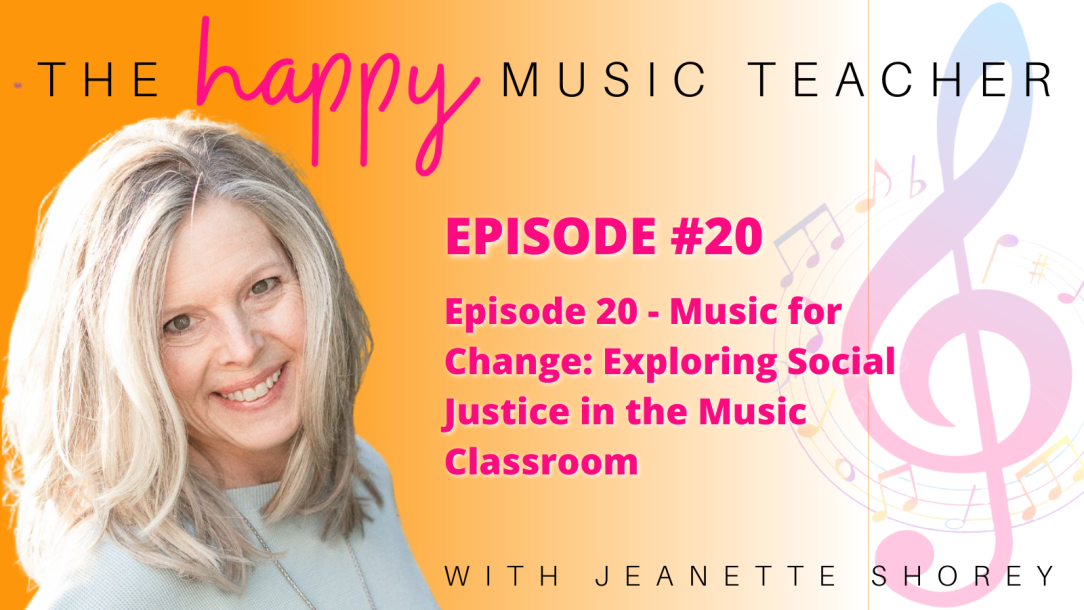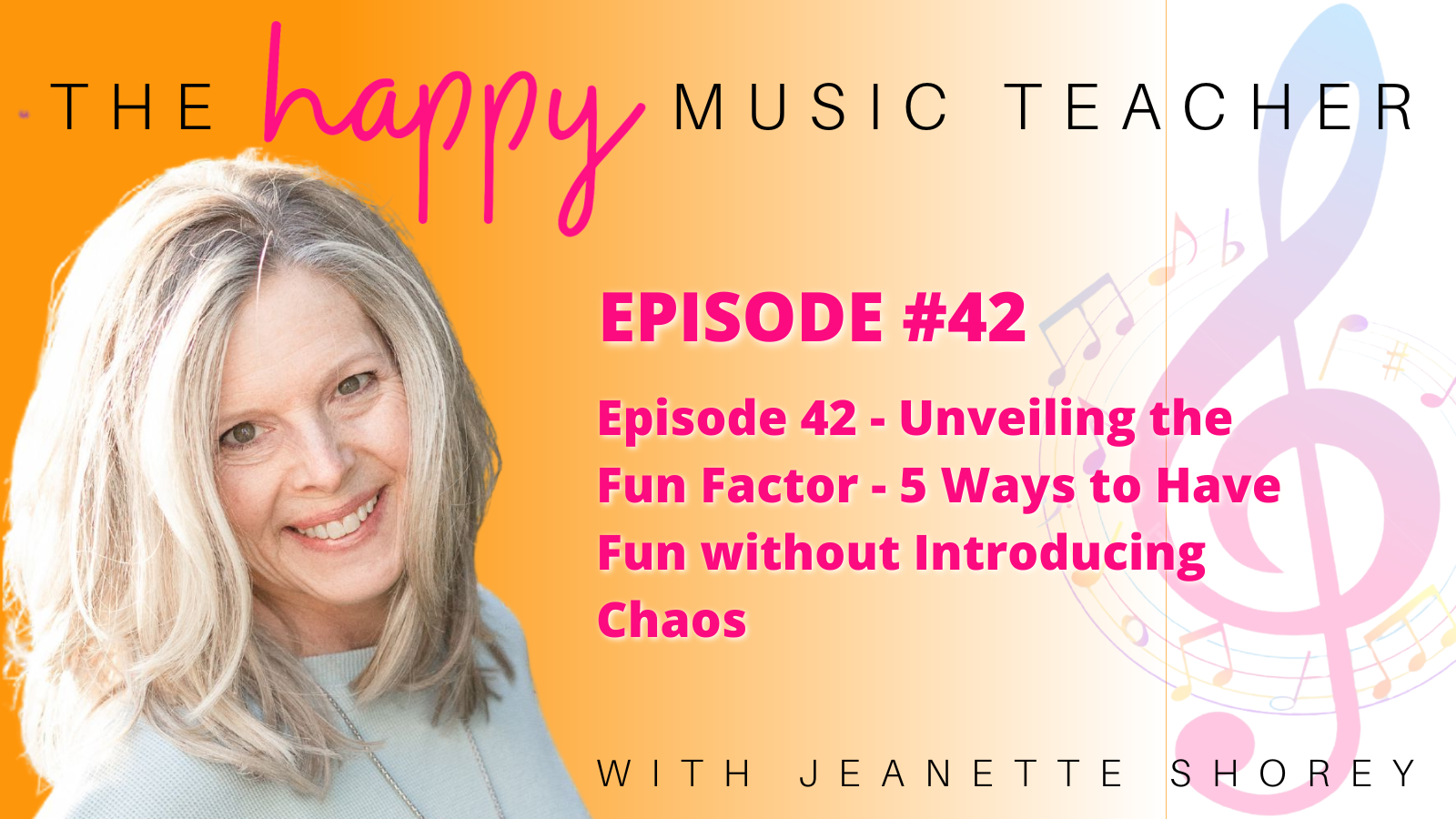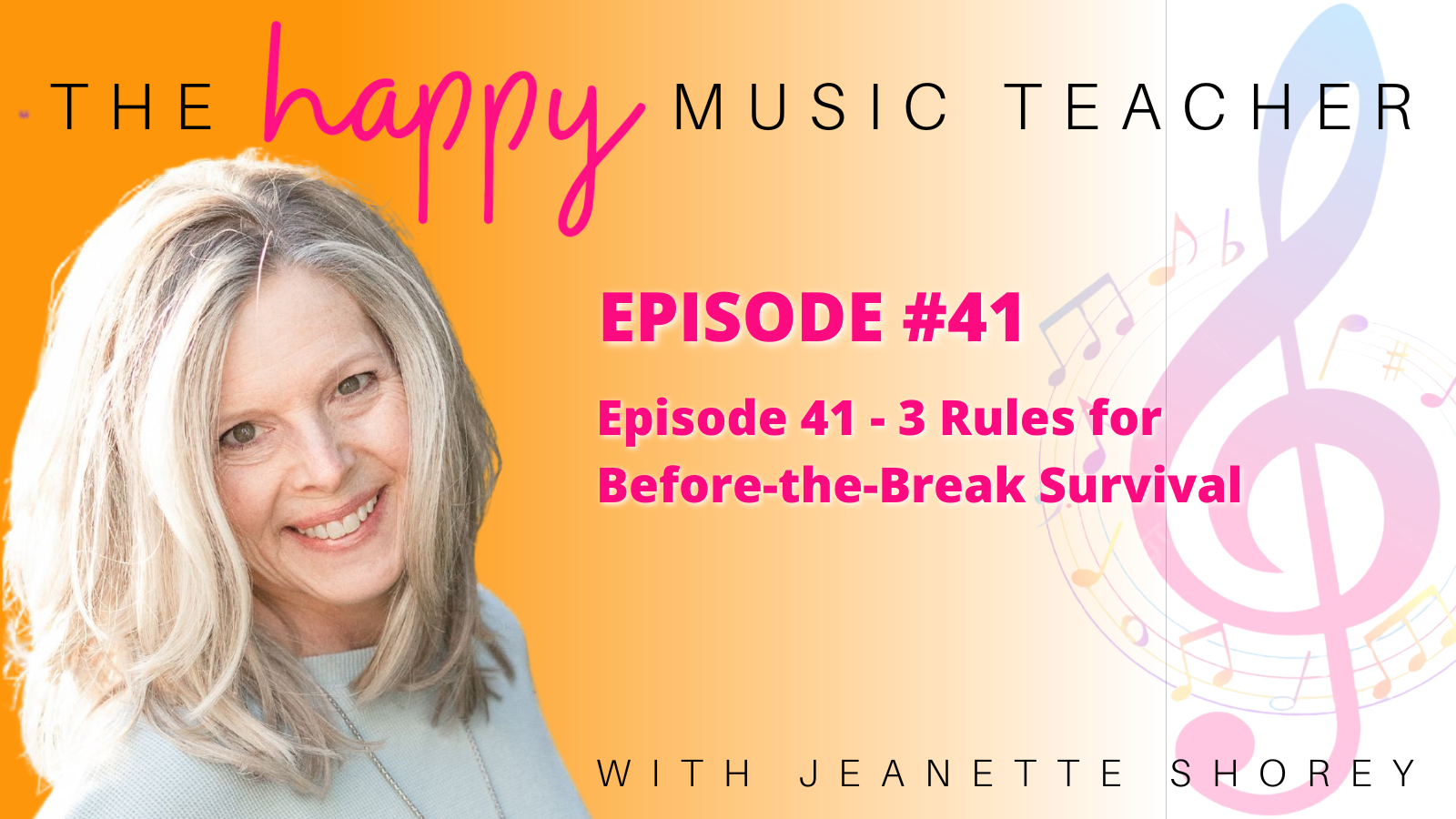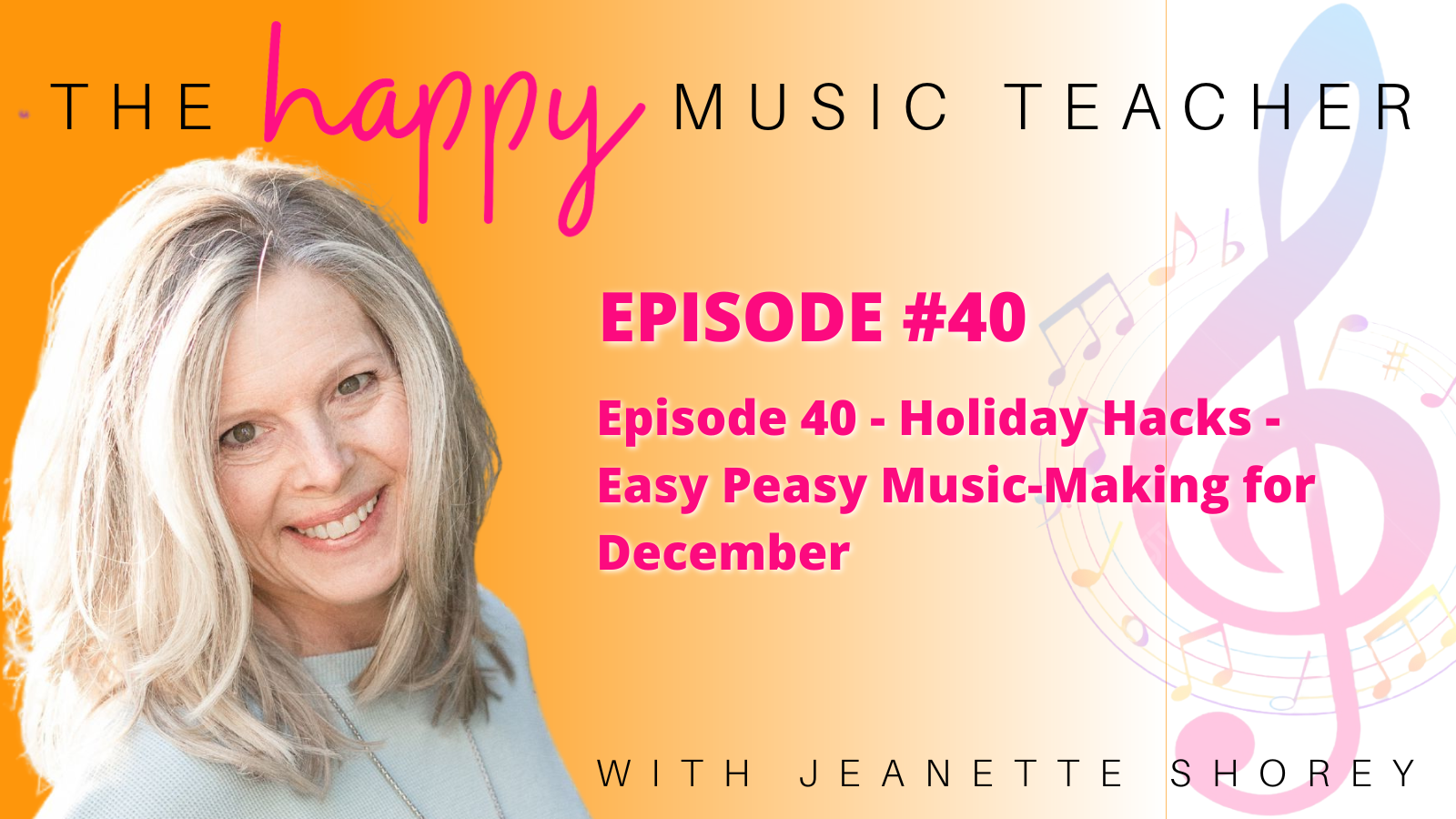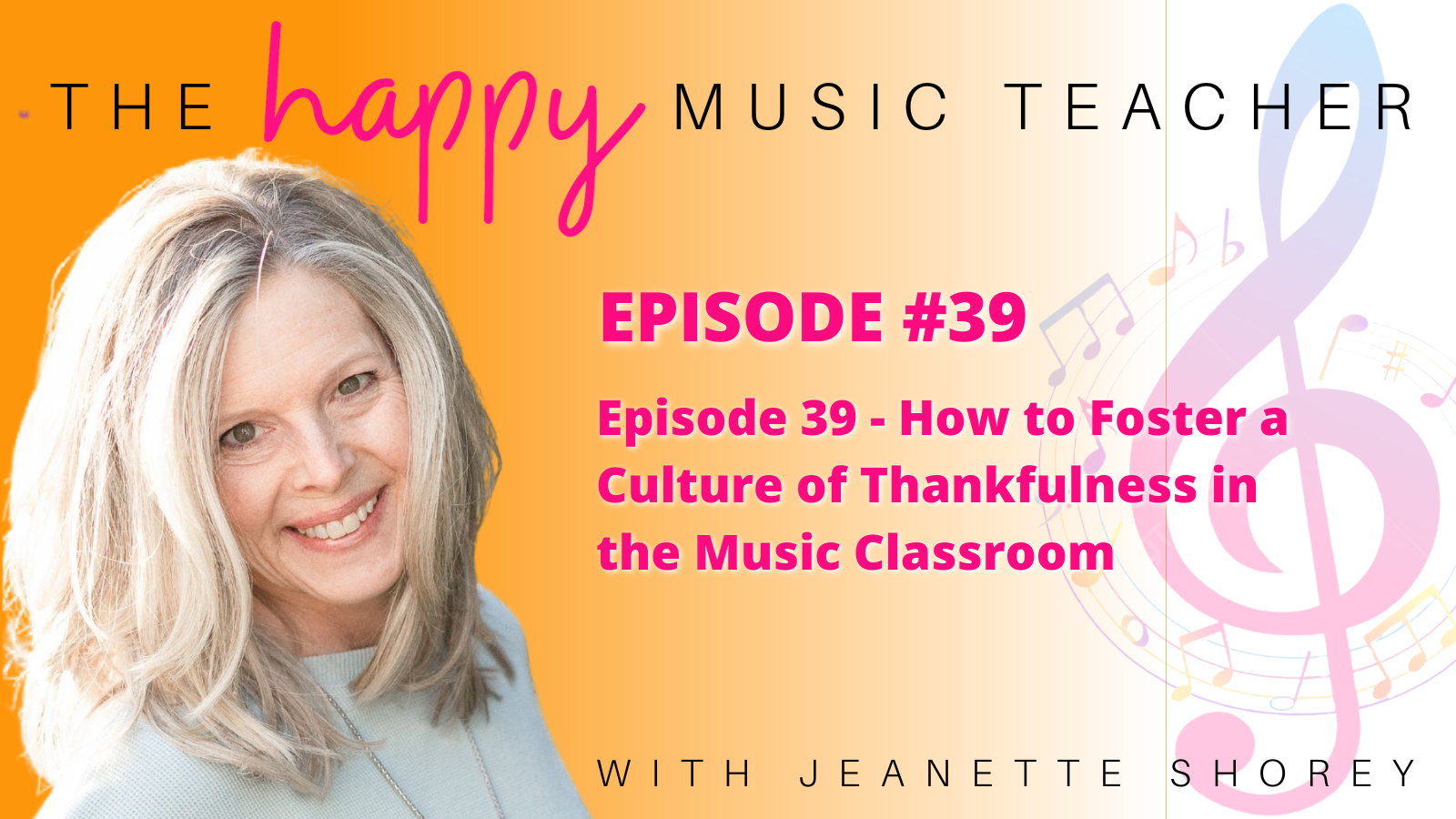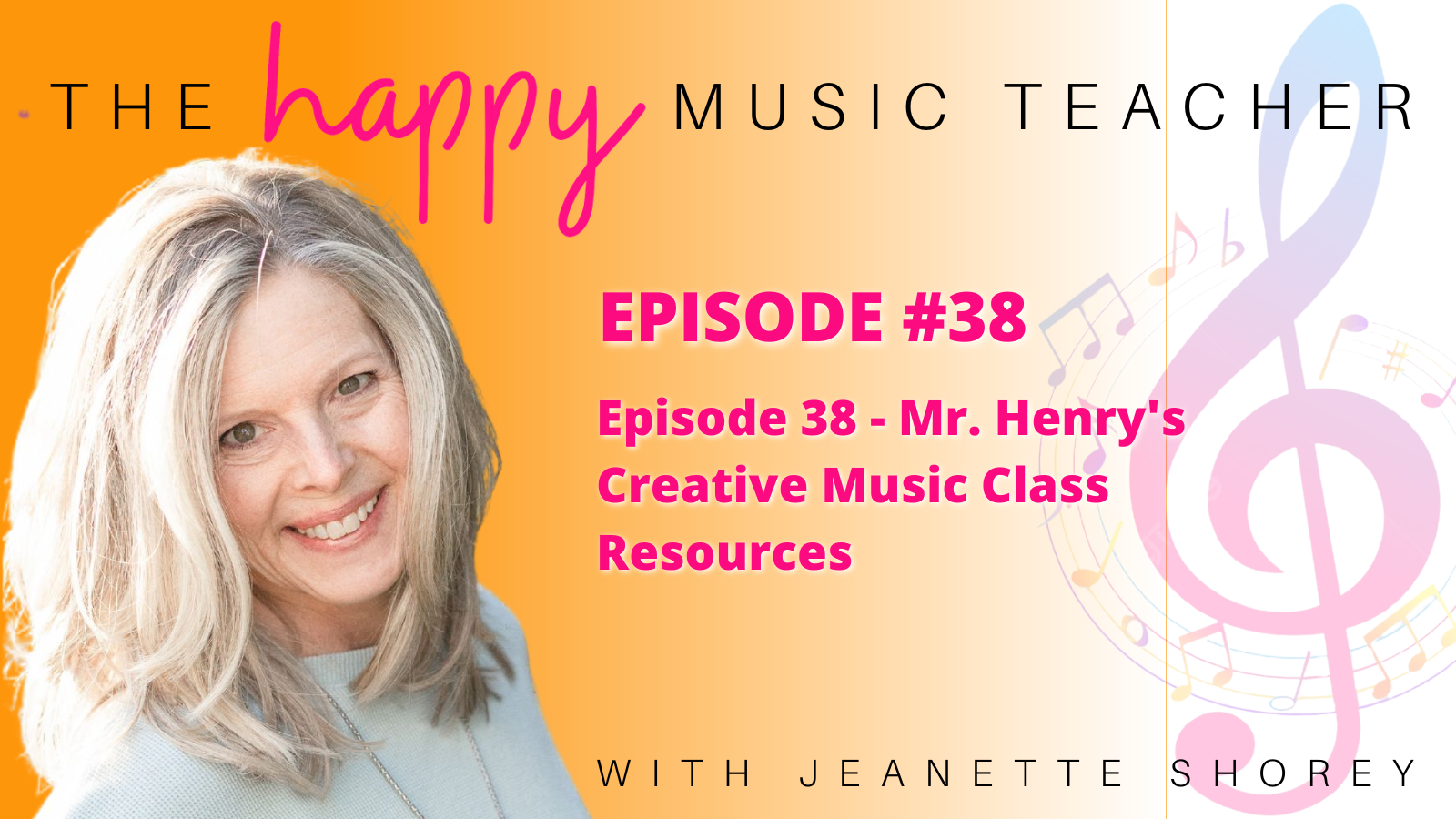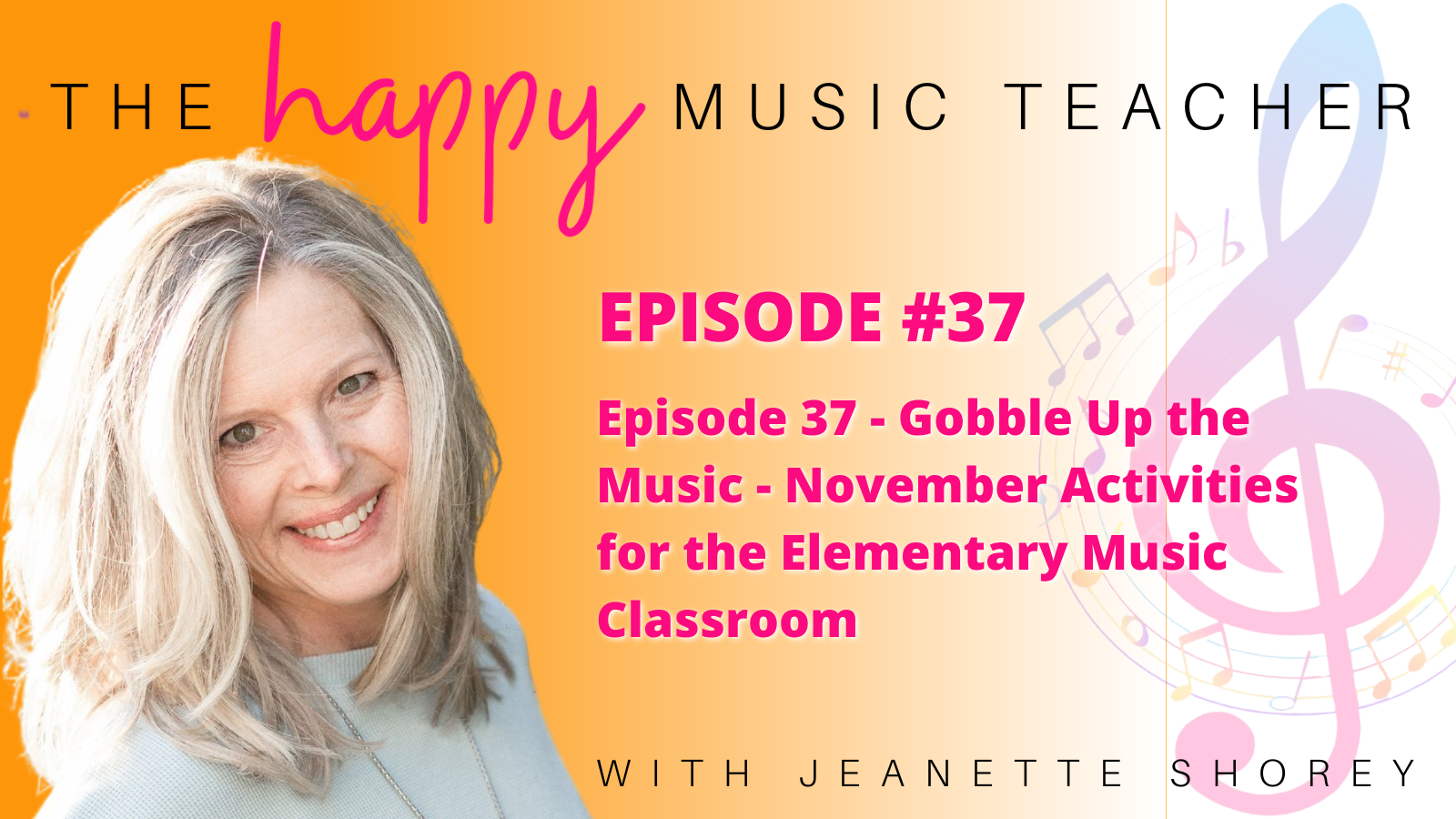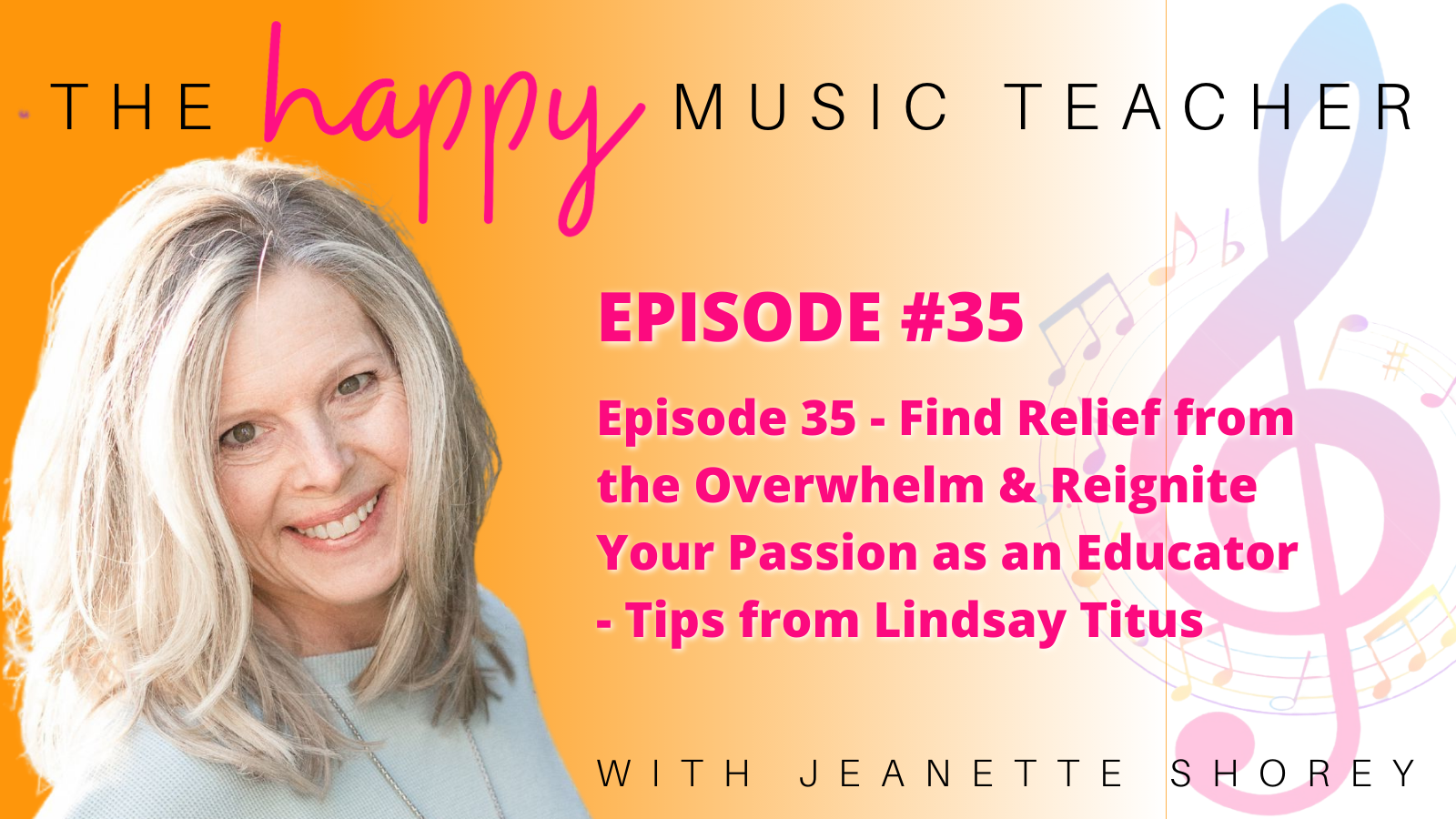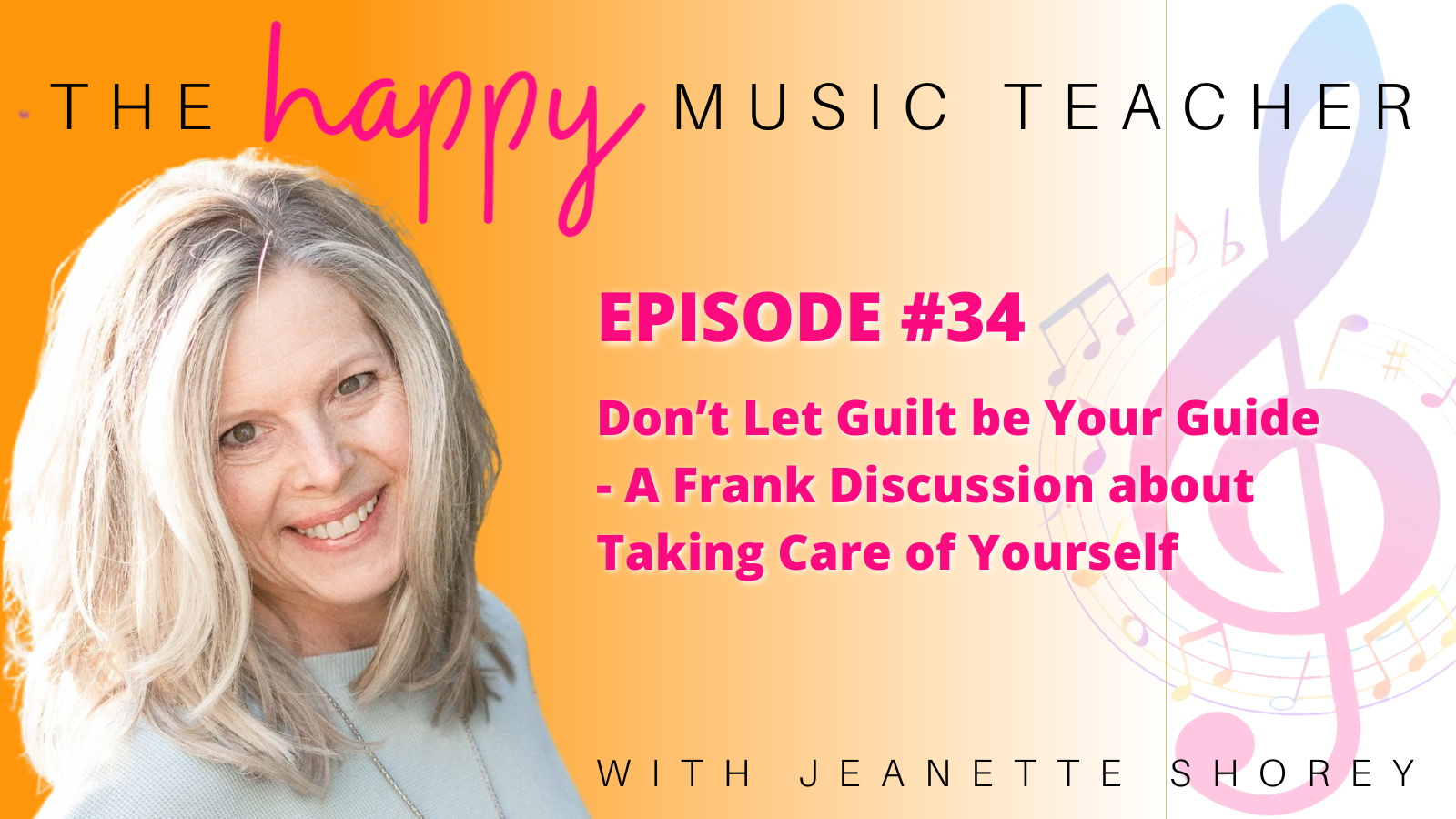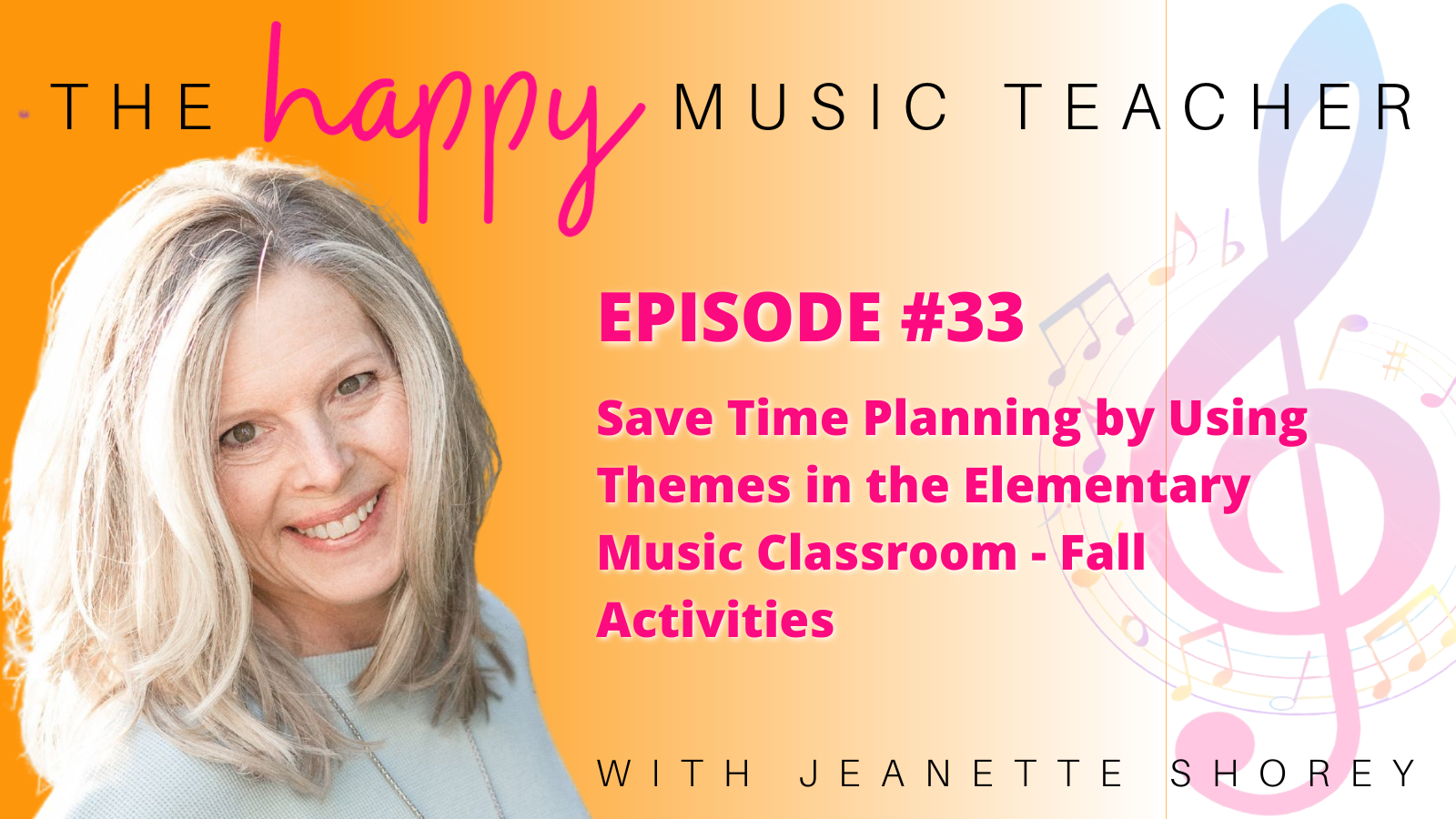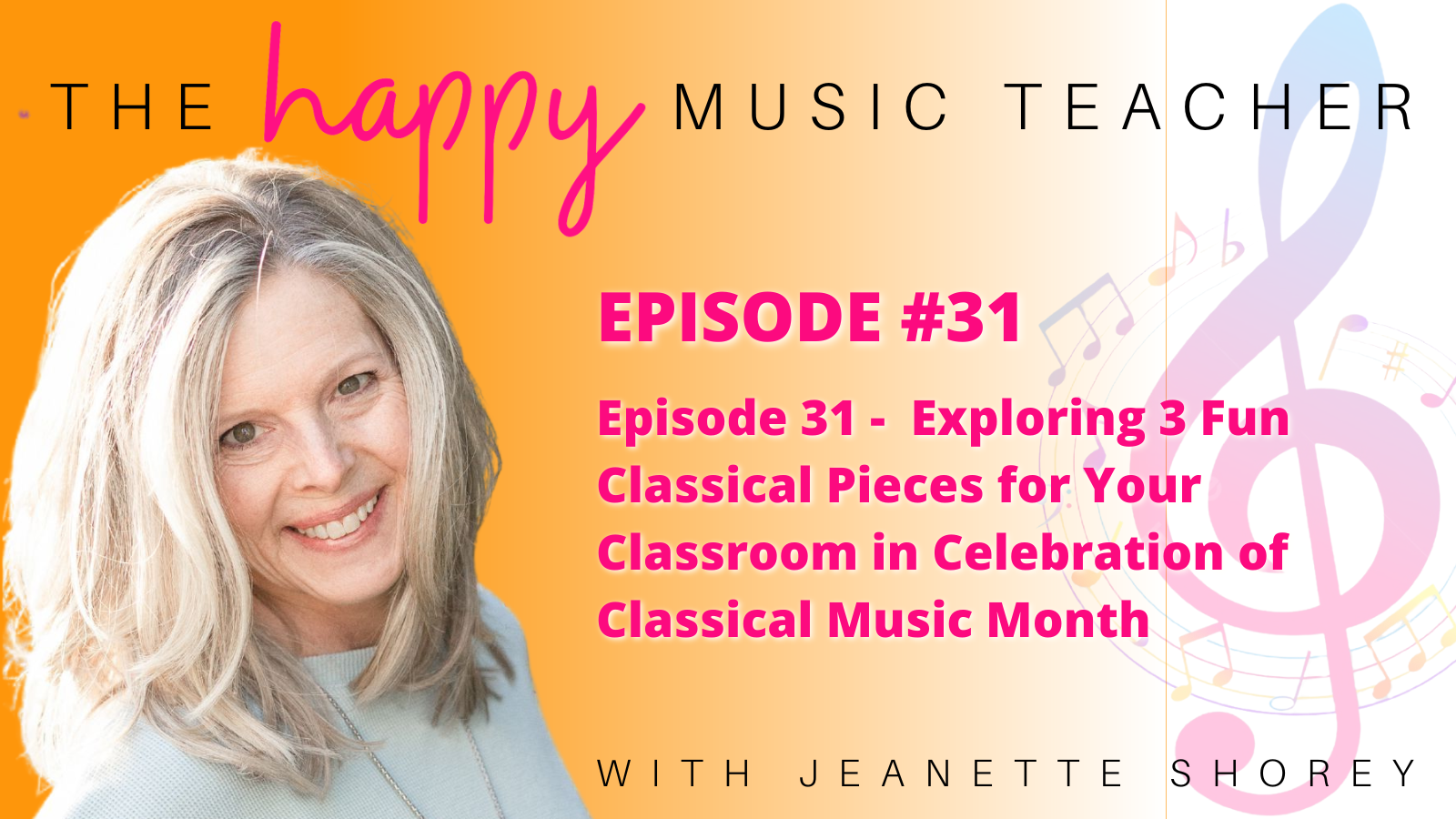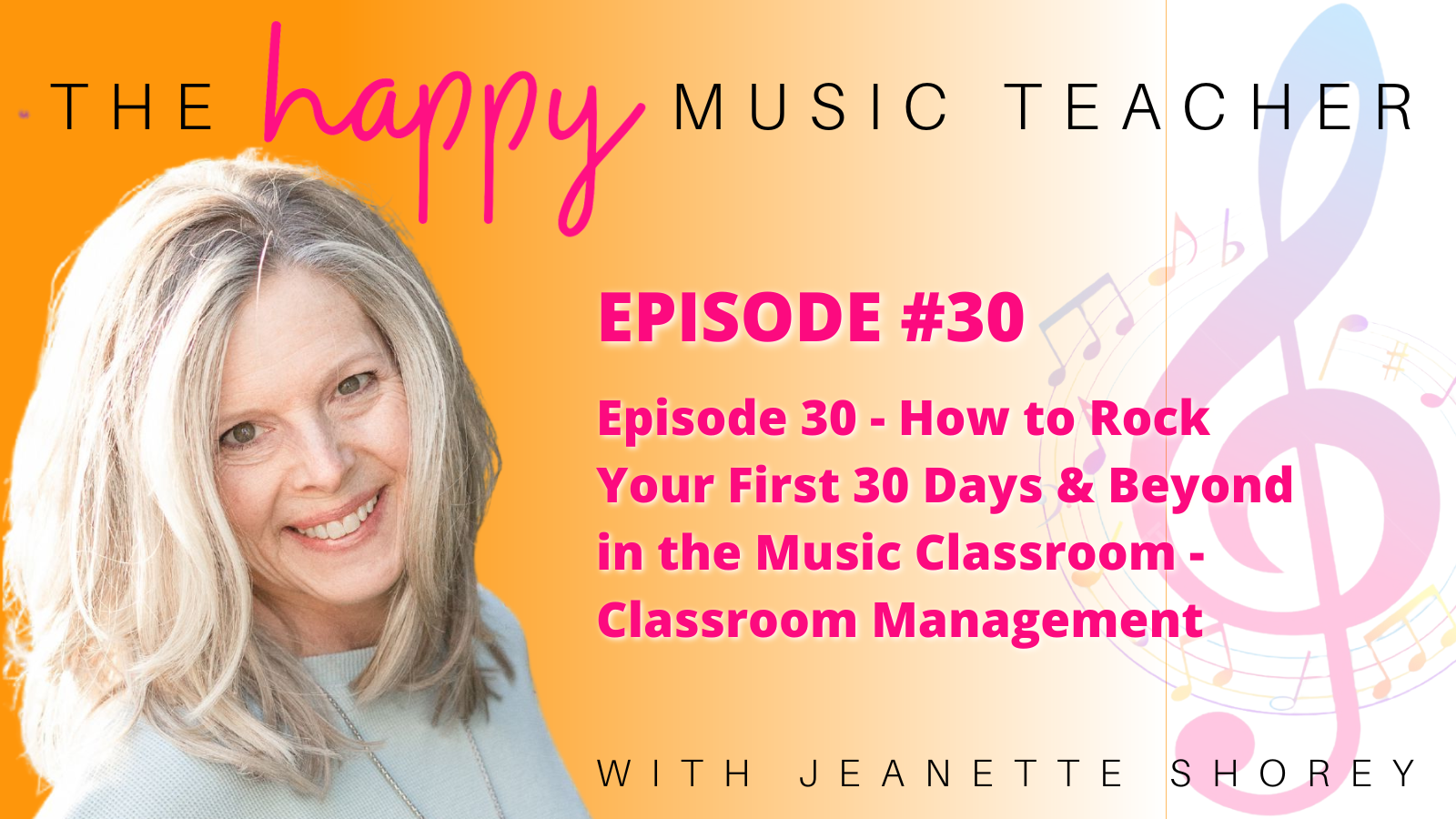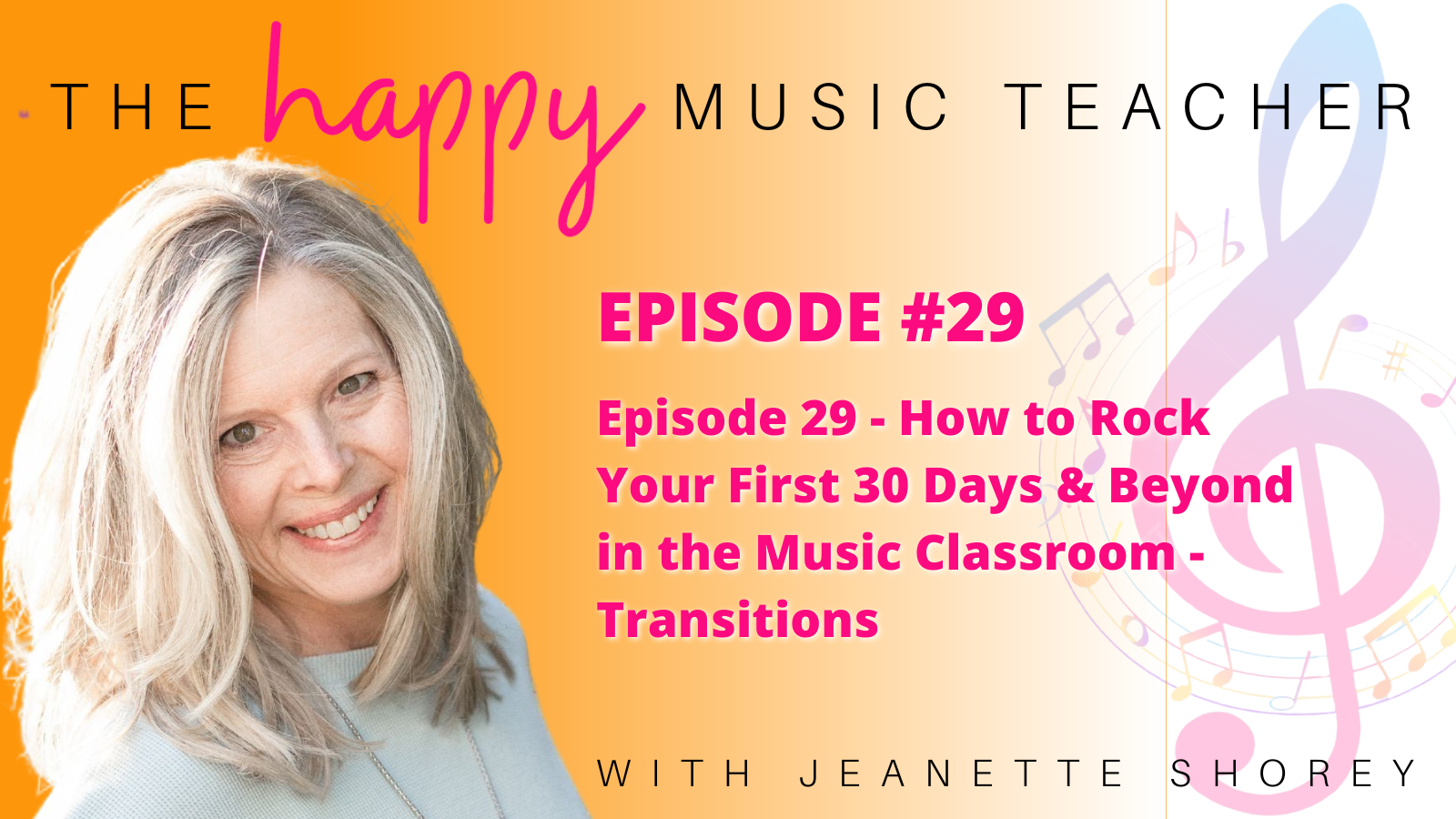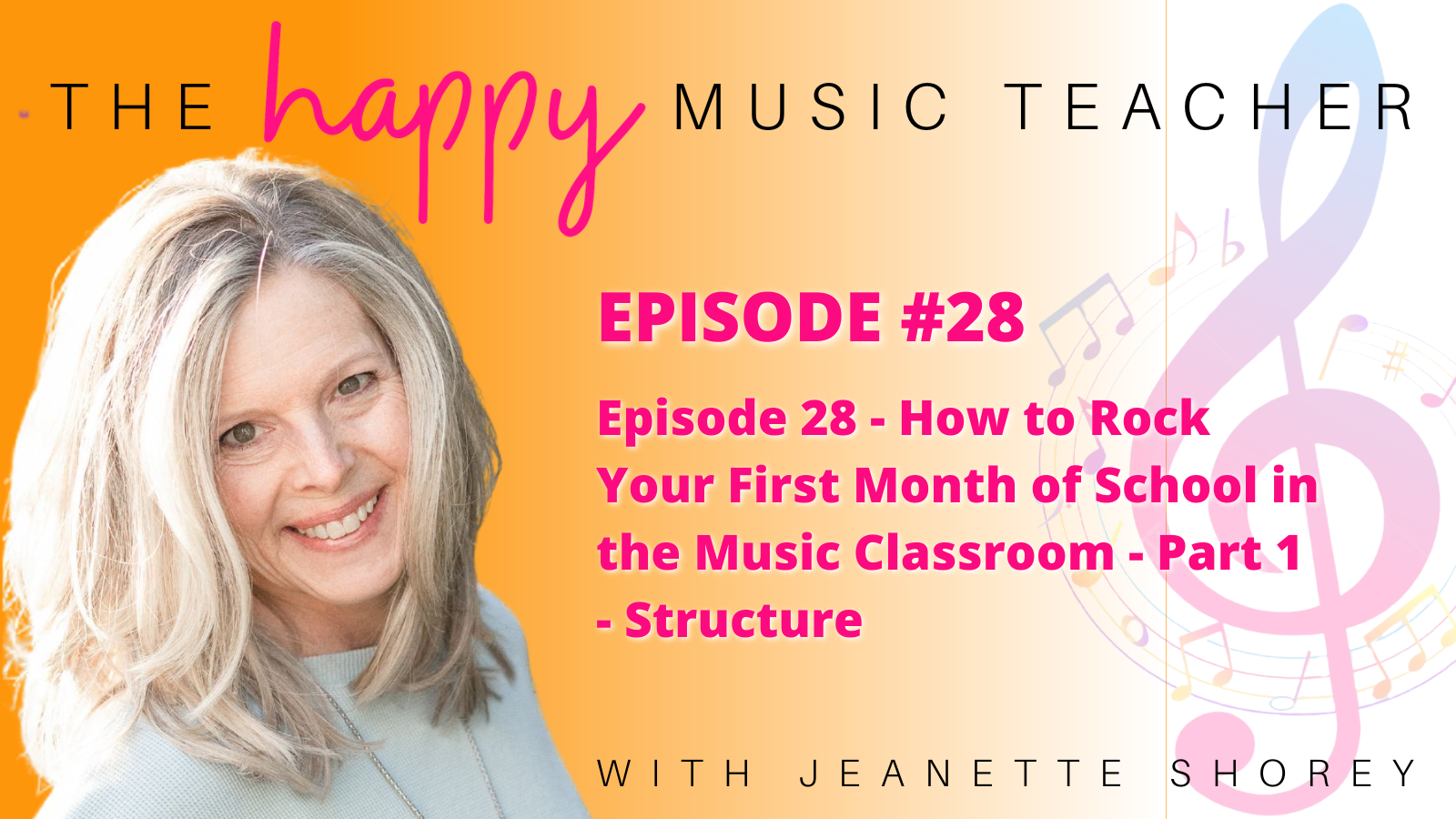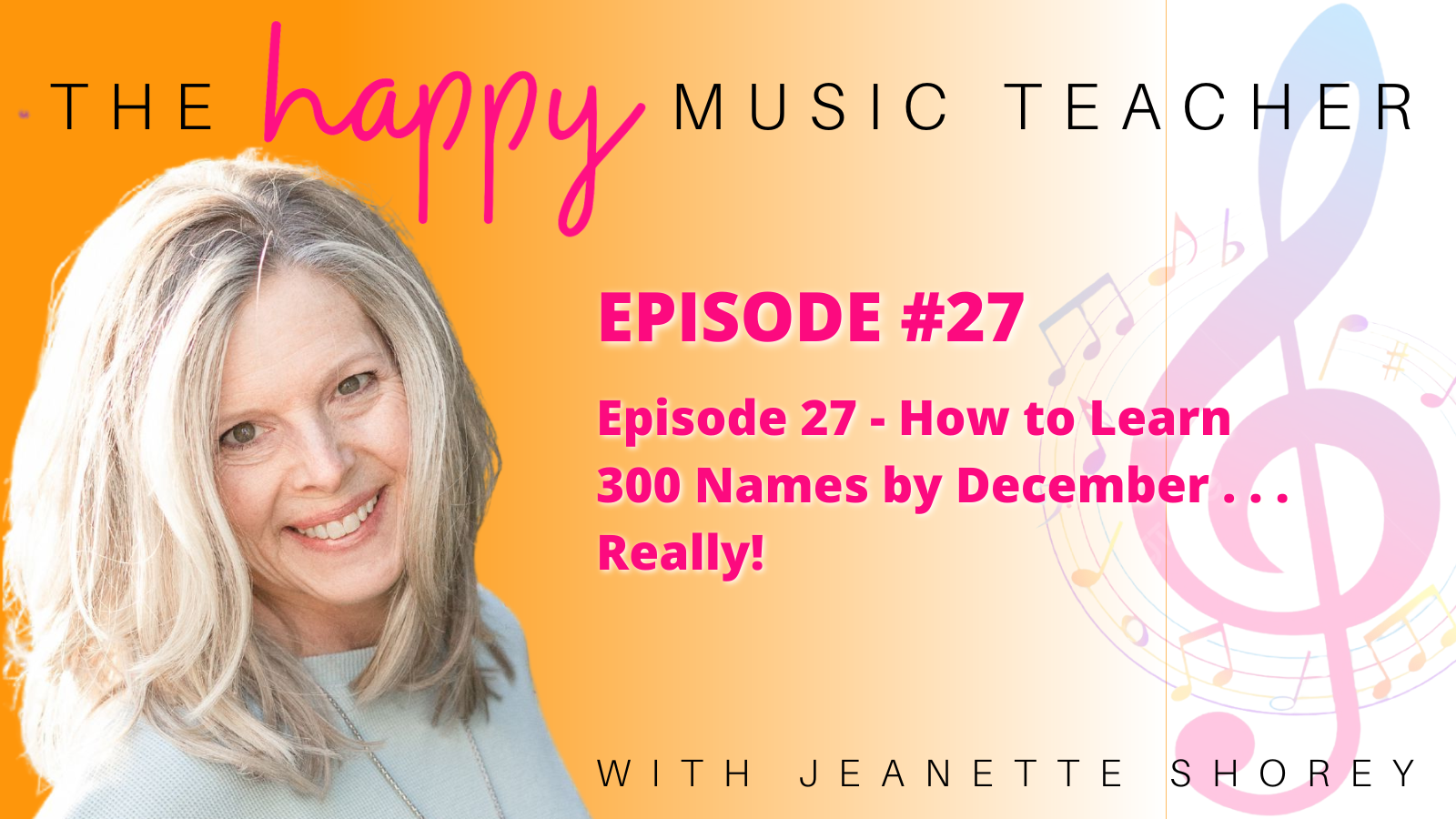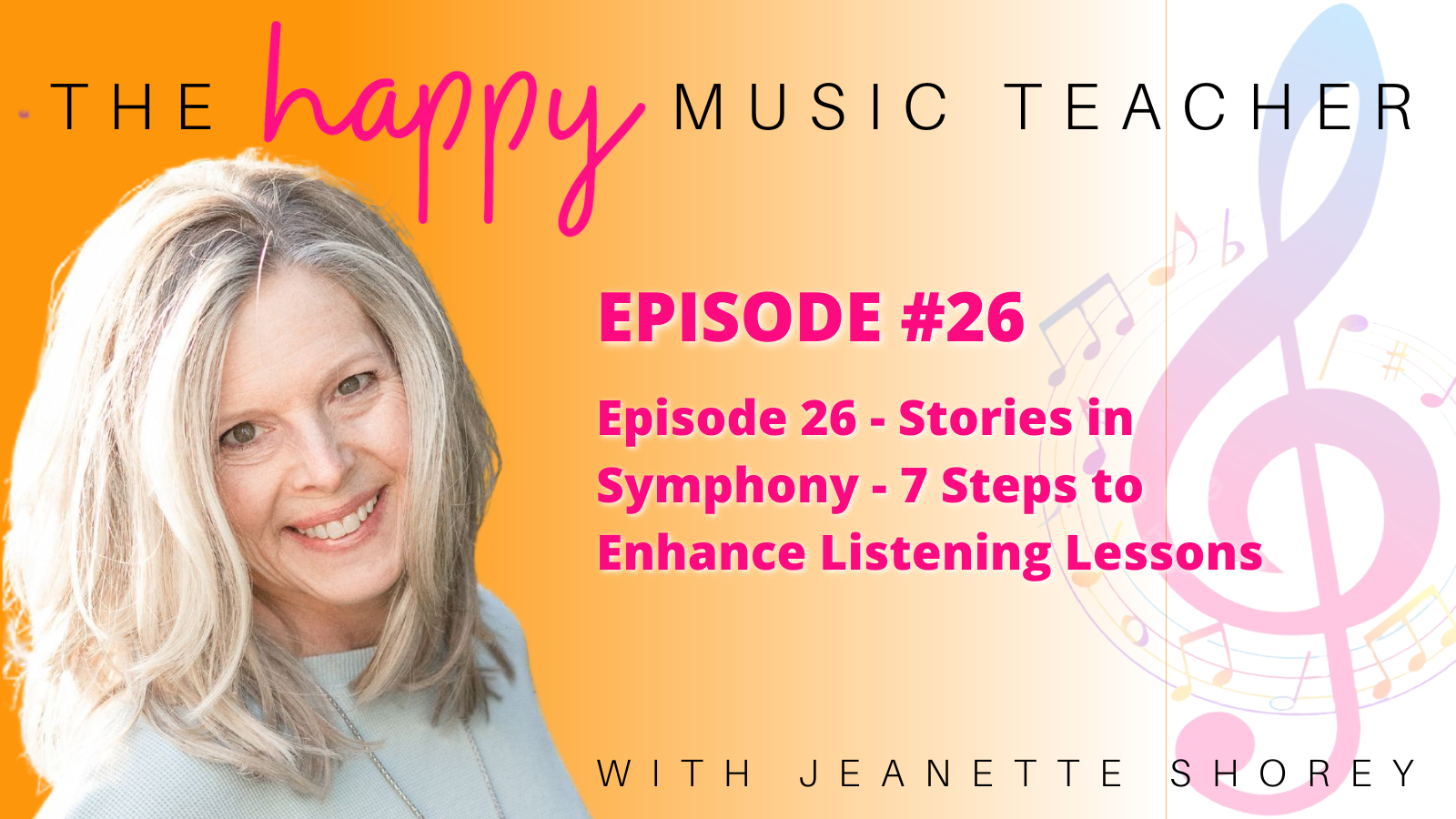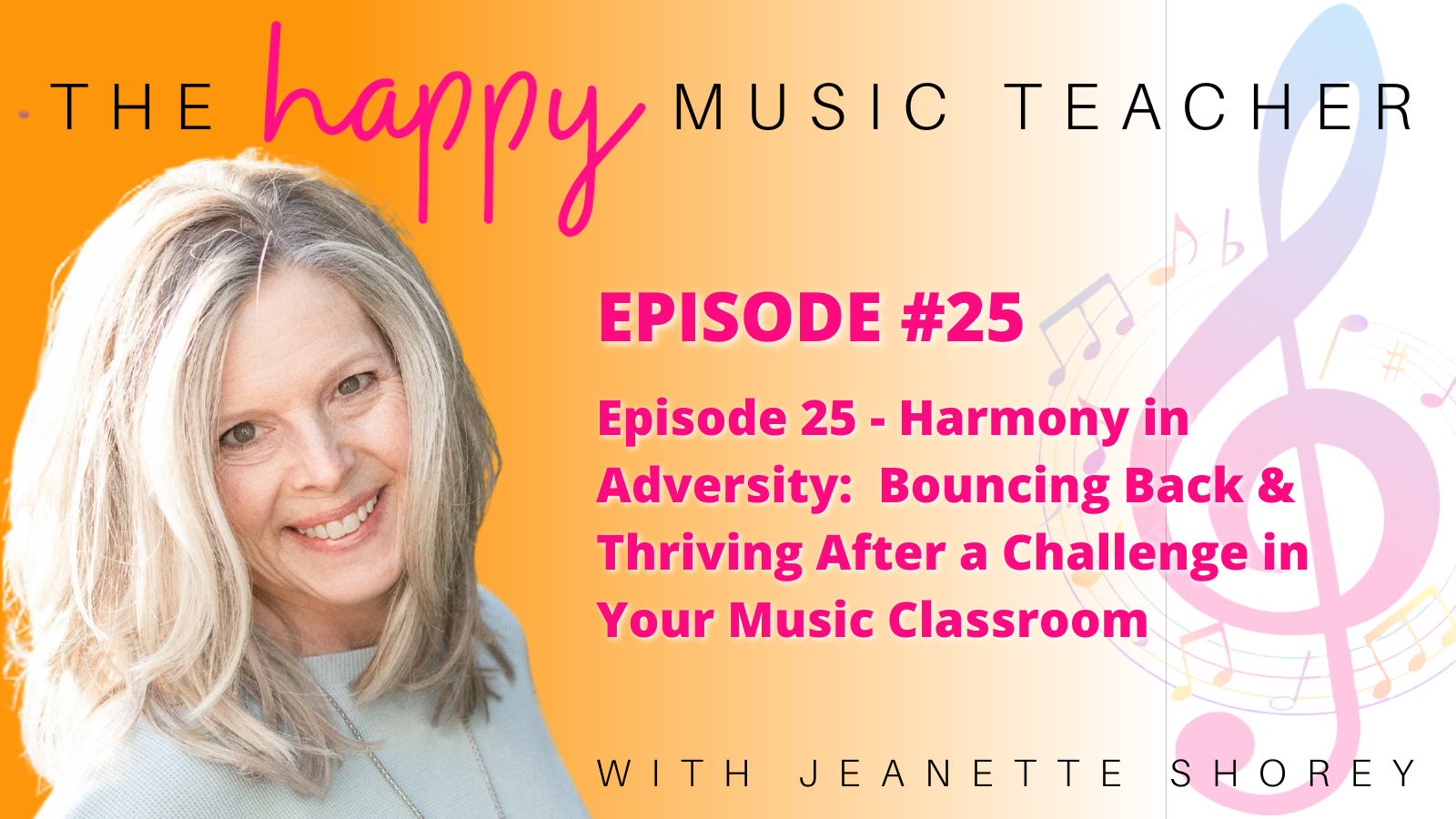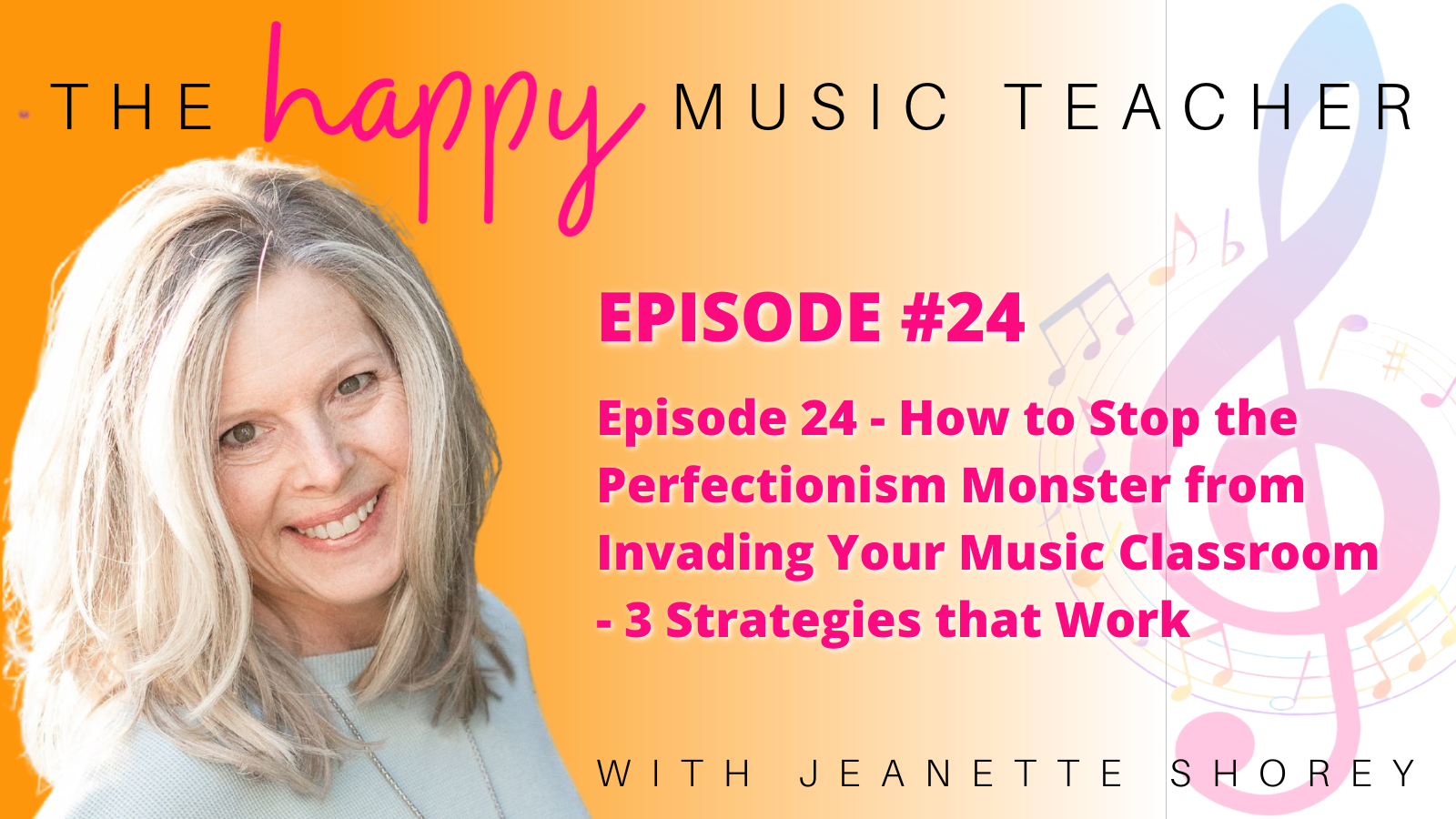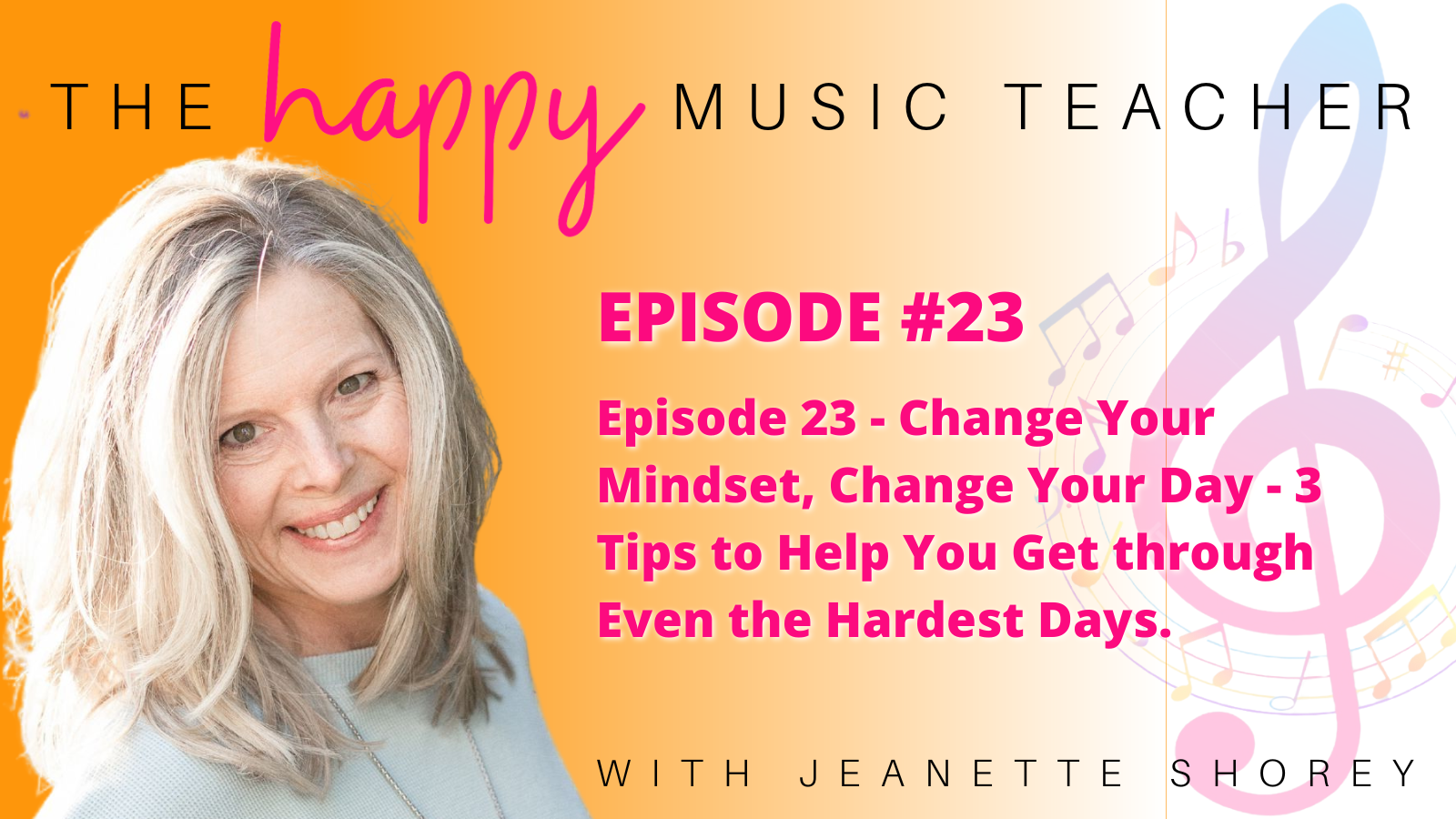Today’s podcast explores the intersection of social justice and elementary music education. Today we have a special guest, Lindsay Lyons, a renowned educational justice coach. In observance of Juneteenth, we delve into important topics surrounding social justice and its implementation in the music classroom. Lindsay shares valuable insights and practical strategies to create a culturally sensitive and inclusive environment for every student.
In the first segment, Lindsay introduces the concept of social justice and its significance in education. She provides a clear definition of social justice within the context of elementary music education and discusses the role of music in promoting social justice and fostering a sense of belonging. Listeners gain a better understanding of why social justice is essential in the classroom.
Lindsay also explores how social justice principles can be applied in the music classroom. She shares practical strategies for integrating social justice into music lessons, ensuring that students have opportunities to engage with diverse perspectives and experiences.
Lindsay also delves into the importance of cultural sensitivity in the music classroom and shares strategies for selecting culturally appropriate music that avoids cultural appropriation. She discusses the significance of diverse representation in the music curriculum and provides insights into creating an environment where students from all backgrounds feel valued and respected.
Lindsay guides us in exploring how to make every student feel seen, loved, and accepted. She offers practical advice for music teachers on building strong relationships with students, creating a safe and inclusive space, and fostering a sense of belonging. Listeners gain valuable tips on addressing biases, challenging stereotypes, and promoting a positive classroom culture that celebrates diversity.
Lindsay addresses the topic of cultural appropriation in music selection. She sheds light on the difference between appreciation and appropriation and provides guidance for music teachers to navigate this complex issue. Lindsay offers resources and strategies to help teachers make informed choices that honor and respect diverse cultures, ensuring that the music selected for instruction is inclusive and respectful.
———————————–
What we talked about:
Free resource, sample class agreements for music teachers:
How to use this agreement with so many classes:
1. Create separate lists for each class and have a system for getting out the class-specific list each day. This may mean having a designated student in each class locate and hang up the poster for each class at the beginning of class time or having a slide deck of all classes’ agreements with one class on each slide and projecting the agreements at the start of each class.
Or, 2. Tell students the goal is to create a school-wide list for music class
Books by Dr. Gholdy Muhammad:
Text Libraries:
- Learning for Justice Perspective Texts
- Facing History + Ourselves
- Zinn Education Project
- PBS Learning Media
- Newsela
Podcasts:

